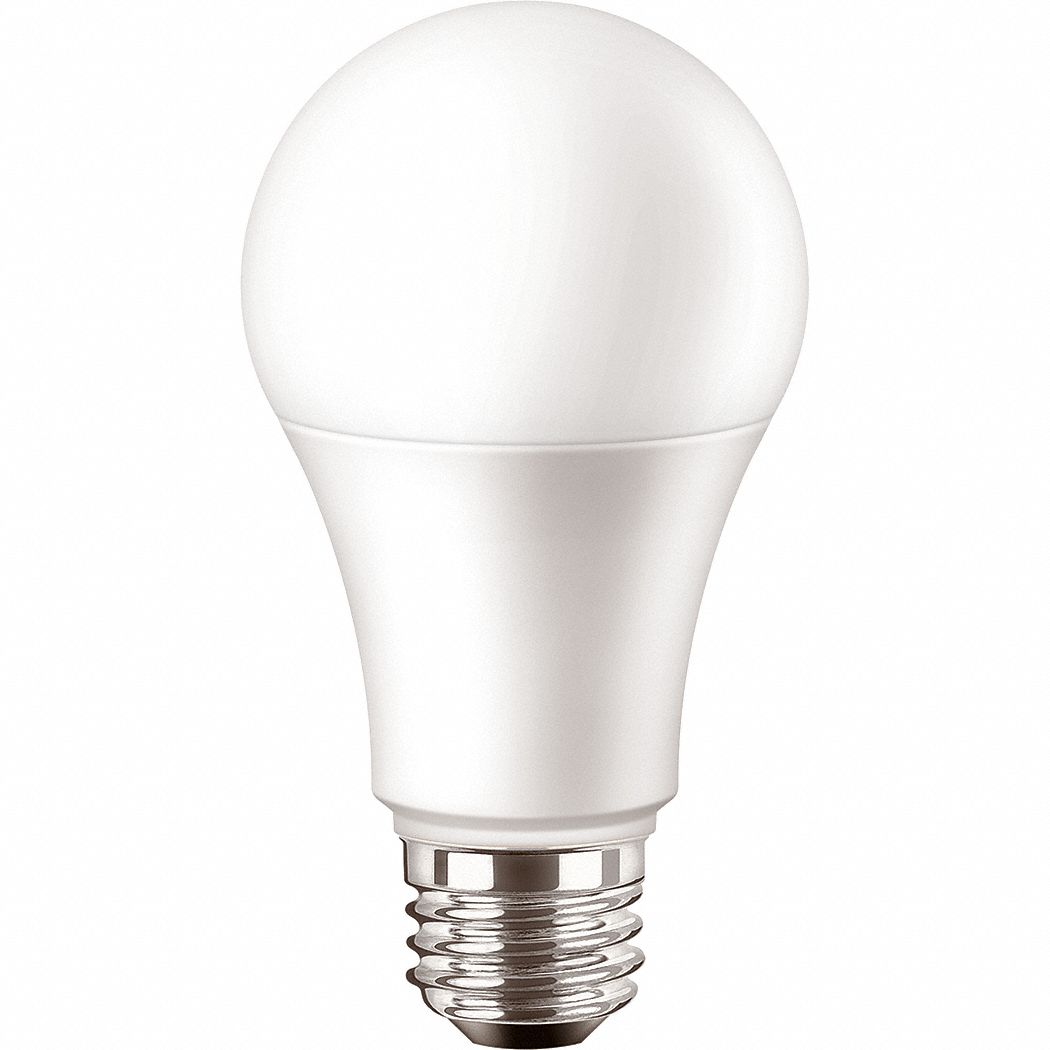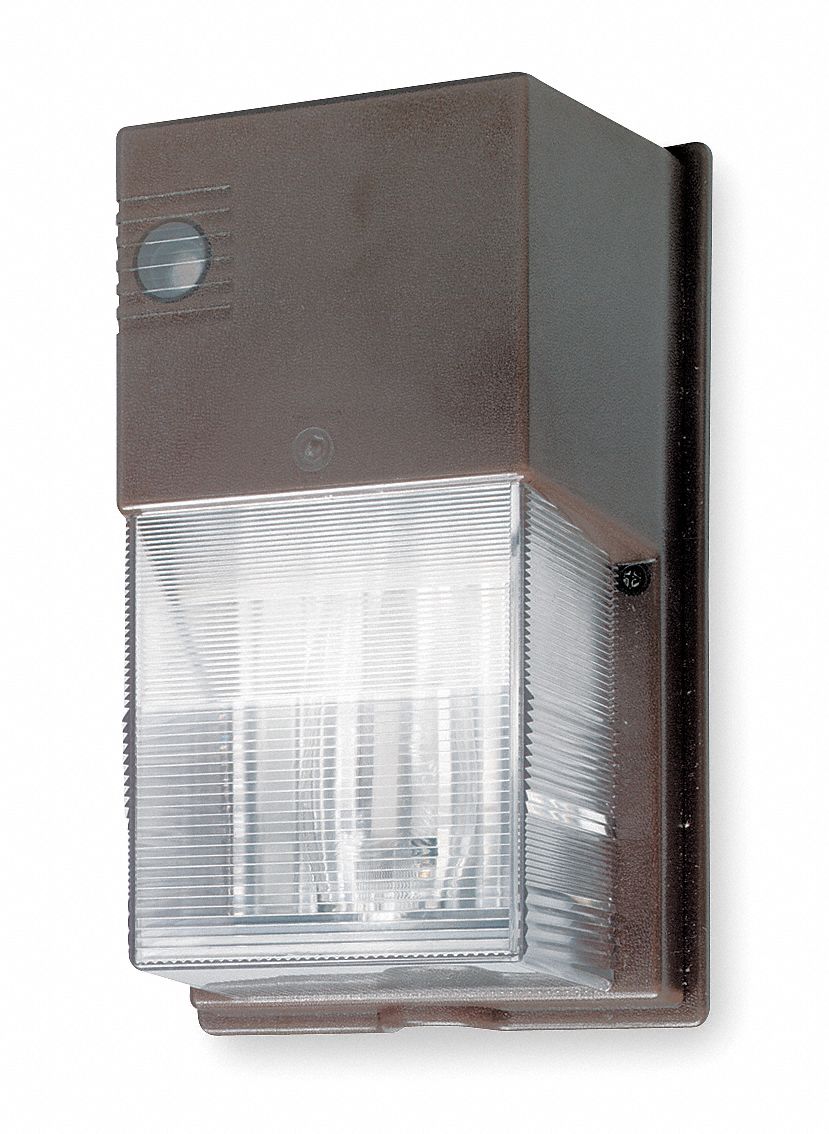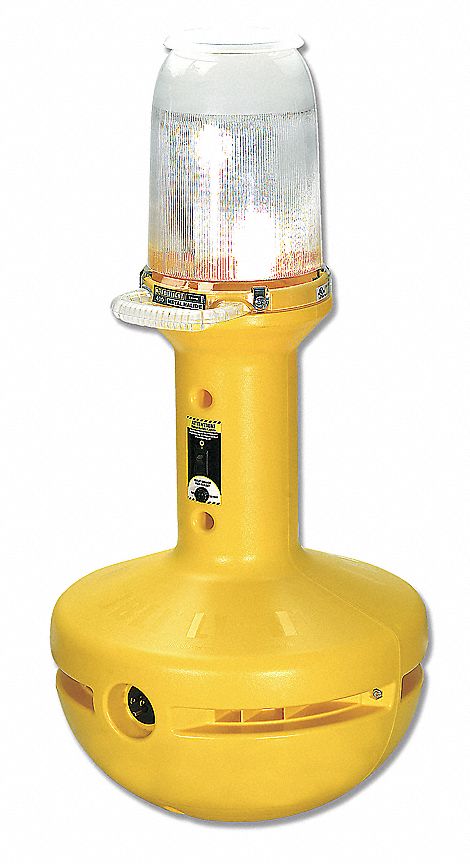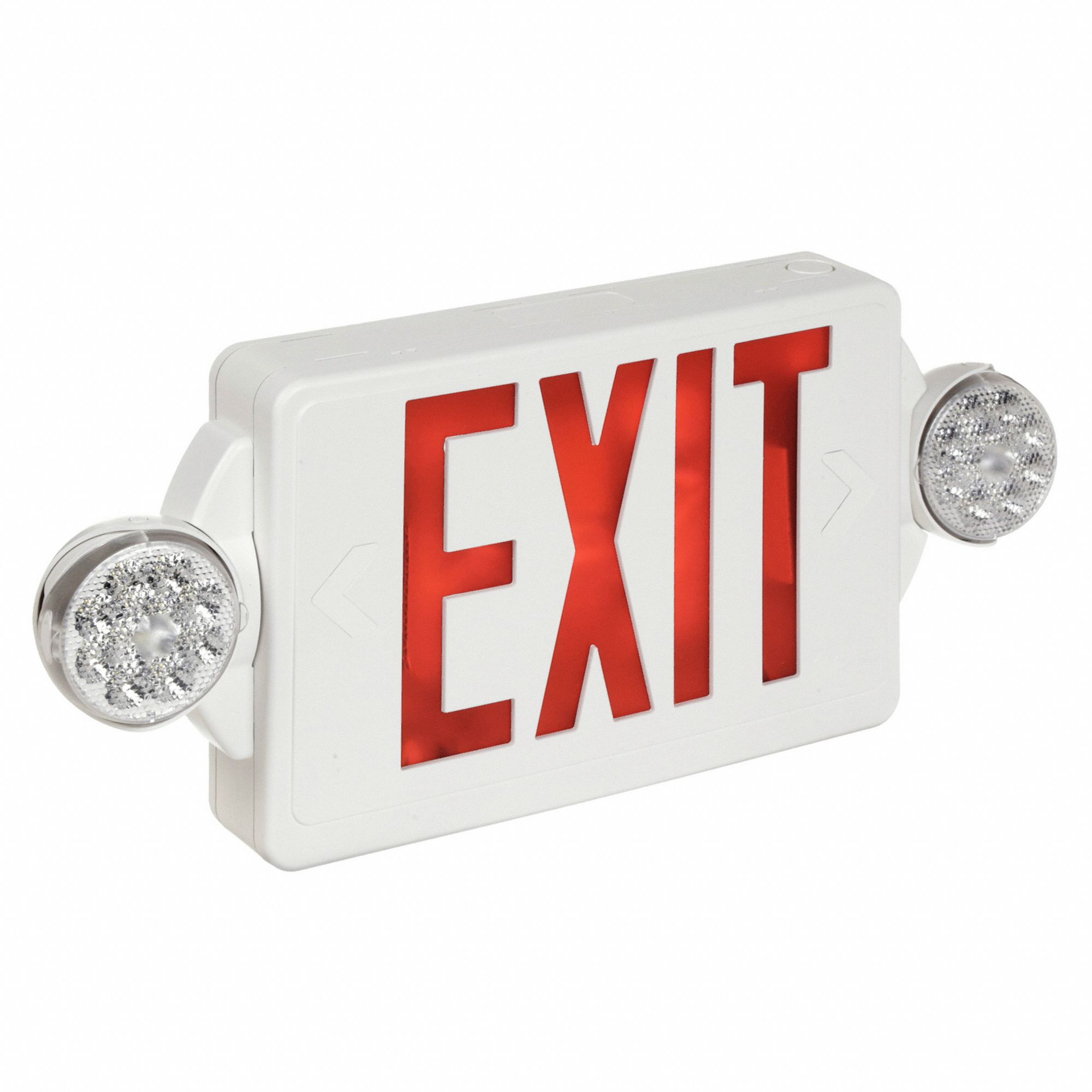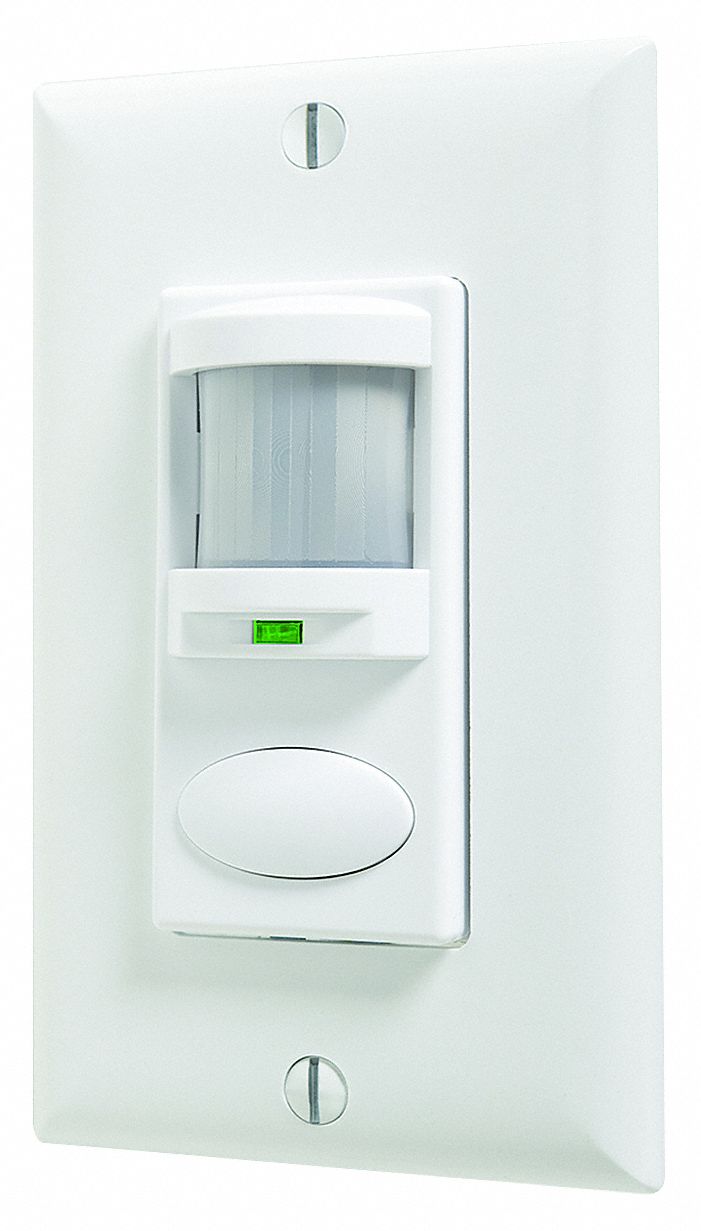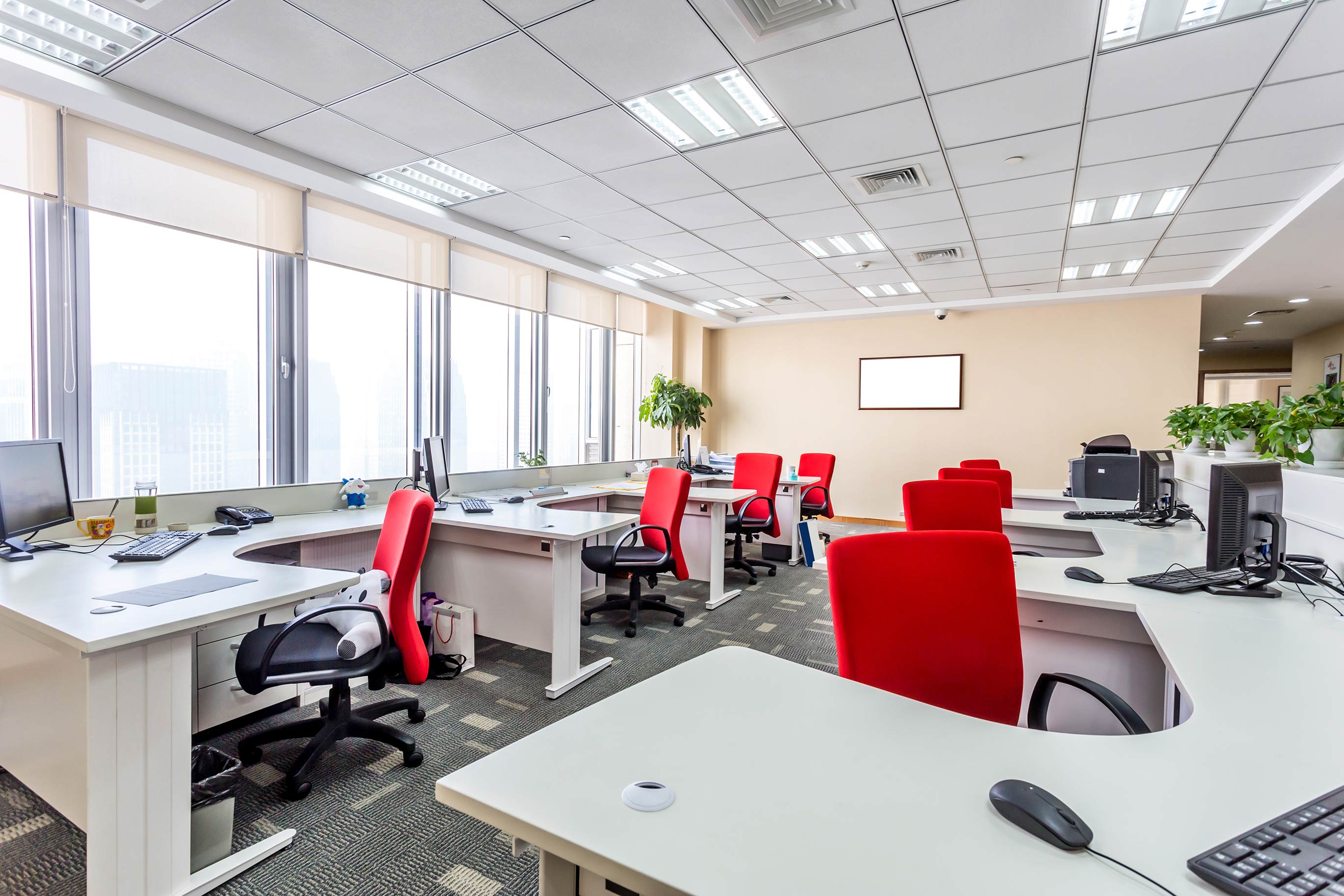

5 Office Lighting Concepts You Should Know
By Grainger Editorial Staff 5/12/22


There is more to lighting an office space than may immediately meet the eye. Energy and office lighting standards have changed in recent years, as well as office space and design. Choosing the right lights and fixtures may cause you to consider ideas outside the initial lumens output. What kind of color and brightness creates desirable office lighting levels? How does light change worker productivity? When changing or choosing your lights, you may want to consider the following:
1. OSHA Workplace Lighting Standards
Reference lighting standards to help provide an even amount of illumination across your workplace. According to the US General Services Administration (GSA), different work environments require certain illumination levels. OSHA workplace lighting standards for construction (29 CFR 1926.56) and shipyard employment (29 CFR 1915.82) establish the recommended lighting levels of offices and other work areas. OSHA standard 1910.305 lists installation requirements for lighting fixtures. These standards use foot-candles to set the minimum lighting requirements. A foot-candle is the amount of illumination produced by a candle on one square foot of surface no more than a foot away. To help reduce health and safety issues, regularly inspect all lighting fixtures and use a light meter to measure illumination levels. Office lighting layouts should also consider the shadows cast by cubicle walls or partitions and be adjusted to help minimize these problem areas.
2. Worker Health and Productivity
Light can have a huge impact on a worker’s health and productivity. Windows or skylights that can brighten up a workplace are recommended, but artificial light in the right brightness and color can give workers a much-needed boost. Using cooler-temperature lighting in areas where workers are engaged in focused task work can help increase alertness, reduce fatigue and increase overall productivity. Research shows that blue-enriched light bulbs (17,000K) can lower the body’s melatonin production, acting similarly to a boost from a cup of coffee. Installing warmer lighting (up to 3,000K) in areas like break rooms and meeting rooms can promote comfort and relaxation while still encouraging alertness. Advancements in customizable lighting systems and circadian lighting make it possible to mimic the natural pattern of sunlight, so offices can start the day with cooler lighting and increase the warmth throughout the day.
3. Open-Plan Workstations
Office spaces are evolving from the individual cubicle setting in favor of an open-office environment. In this open environment, the ambient room lighting helps to create a sense of unity and community in the room and among workers. It should provide the most direct light in the workstation while allowing the natural dim spots in walkway areas. Providing individual task lighting allows workers to adjust personal workstations to their needs and preferences.
4. Lighting and Computers
Where is your computer? This could play a vital role in the way office lighting levels are set. OSHA outlines potential hazards that could be caused by the lighting around your computer. One example is wash out; this happens when bright lights around your screen make it difficult to see or read. Another example is glare—a computer screen reflecting light into its user’s eyes. These potential hazards can cause eye strain, fatigue, irritation or headaches. Computers should not be set against a contrasting light source, like a window, or directly beneath the line of sight. Task lighting should have an adjustable positioning, so potential glare or contrast can be easily fixed.
5. Energy Use and Savings
Lighting can and does affect the bottom line. No matter what type of lamp your office uses, it costs you money and energy to run. Energy codes, LEED, the WELL Building Program, and similar programs designed to maximize energy efficiency have had an increasing influence on office lighting designs. Updates in lighting and control systems have provided offices with more energy-efficient options while eliminating other options completely, like some types of fluorescent and incandescent bulbs. LEDs are leading the way in office lighting; they use less energy than other lamps while providing more output. Fluorescent lamps have also had an energy makeover; replacing old fluorescents with newer models could offer you significant savings. It’s never the wrong time to reassess whether your lights could use an energy upgrade.
Starting from Scratch
If you're moving into a new office building, it's wise to rethink your lighting and design options from the beginning, instead of settling for whatever has been left by the previous occupants. Lighting should be specific to your needs. The type, brightness and color of your lights should be based on the layout of the room and what it will be used for. Even the room’s ambient lighting should be designed with your type of workspace and functions in mind.
The information contained in this article is intended for general information purposes only and is based on information available as of the initial date of publication. No representation is made that the information or references are complete or remain current. This article is not a substitute for review of current applicable government regulations, industry standards, or other standards specific to your business and/or activities and should not be construed as legal advice or opinion. Readers with specific questions should refer to the applicable standards or consult with an attorney.

